Cloud native development means building software in and for the cloud rather than trying to migrate applications that are optimized for on-premises systems. Cloud native takes advantage of the inherent speed, agility, scalability, and resilience of cloud computing, which is why many DevOps organizations are now almost entirely cloud native.
Continuous integration/continuous delivery, or CICD, is a software development methodology that seeks to streamline and shorten release cycles through automation and constant collaboration. When used together, cloud native CICD can both increase the efficiency of your DevOps team and help your organization achieve digital transformation.
How Cloud Native CICD Principles Work Together to Bring a Complete DevOps Solution
Continuous Integration (CI)
CI automates the integration of new code into a repository so multiple contributors can work on the same project at the same time. CI tools run automated tests to verify that the new code won’t introduce any bugs or overwrite another developer’s work, then automatically create new builds as soon as verification is complete. Cloud native continuous integration simply applies these methodologies to cloud native software development. Cloud native CI tools and processes enable DevOps team members to collaborate on the same codebase simultaneously and update software more frequently without diminishing quality.
Continuous Delivery (CD)
CD automatically deploys new code builds to testing and/or production environments, further streamlining the software release cycle. For true cloud native development, the CD methodology focuses on delivering microservices in a cloud-based infrastructure. That means, instead of delivering one large application, you’re deploying modular services that work together to make up a complete application. Each microservice is developed, tested, and deployed independently, which allows multiple teams to work on different modules simultaneously. This facilitates the rapid and agile delivery of complex cloud native applications.
Cloud Native Containers
Containers are one common deployment model for cloud native microservices. Containers are modular, portable software packages that contain all the dependencies for each microservice. Cloud native containers run completely independently of each other but can also work together to form clusters. They’re also ephemeral, meaning they can be created and deleted at will, which makes cloud native containers extremely scalable. Cloud native CD means delivering microservice applications to a container-based infrastructure for software development that’s faster, more agile, and infinitely scalable.
Another important aspect of cloud native CICD for DevOps involves the provisioning of cloud native infrastructure or containers. To truly streamline your cloud native software development cycles, you also need to automate the operations side of your DevOps organization.
Infrastructure as Code (IaC)
IaC abstracts infrastructure configurations into software scripts that can be automatically executed. IaC makes it possible to deploy many devices at once, which is necessary for a cloud native container-based environment in which resources are ephemeral and multiple application containers can run on a single node. Some examples of DevOps IaC tools include HashiCorp’s Terraform and AWS’s cloud native Cloudformation.
Container Orchestration
Tools such as Kubernetes reduce the complexity of large-scale container infrastructures by automating tasks like provisioning, load balancing, and scaling.
While it’s possible to implement cloud native CICD processes without infrastructure automation or container orchestration, it limits the size and complexity of your cloud native applications. It’s not possible to manually create, manage, monitor, and scale a large container-based infrastructure without creating bottlenecks in the CICD pipeline. Plus, manual processes increase the risk of human error, which can negatively impact the quality of your releases as well as introduce security vulnerabilities in your infrastructure configurations.
Ultimately, the goal of cloud native CICD is to use automation to increase the speed, agility, and quality of your cloud native software releases. Automated CICD processes also facilitate the constant and efficient collaboration required for DevOps maturity and digital transformation.
Jumpstart Your DevOps Journey with Cloud Native CICD
Adopting cloud native CICD practices such as continuous integration, microservices, containers, and infrastructure automation can help you jumpstart your DevOps journey and get to the next phase of DevOps maturity. However, this isn’t just a matter of implementing the right tools and technology - as with everything in DevOps, your company’s culture and priorities also need to shift to support CICD and cloud native methodologies. That’s why the DevOps experts at Copado Strategic Services take a people-first approach to helping organizations like yours achieve digital transformation.
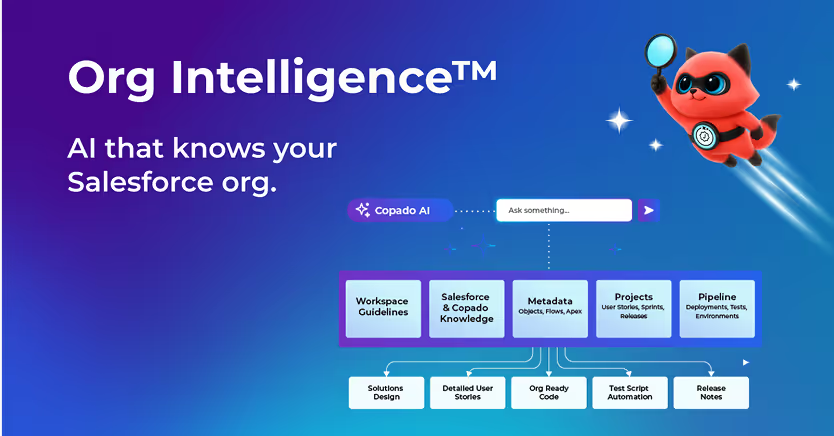











.svg)
.svg)

.png)

.svg)

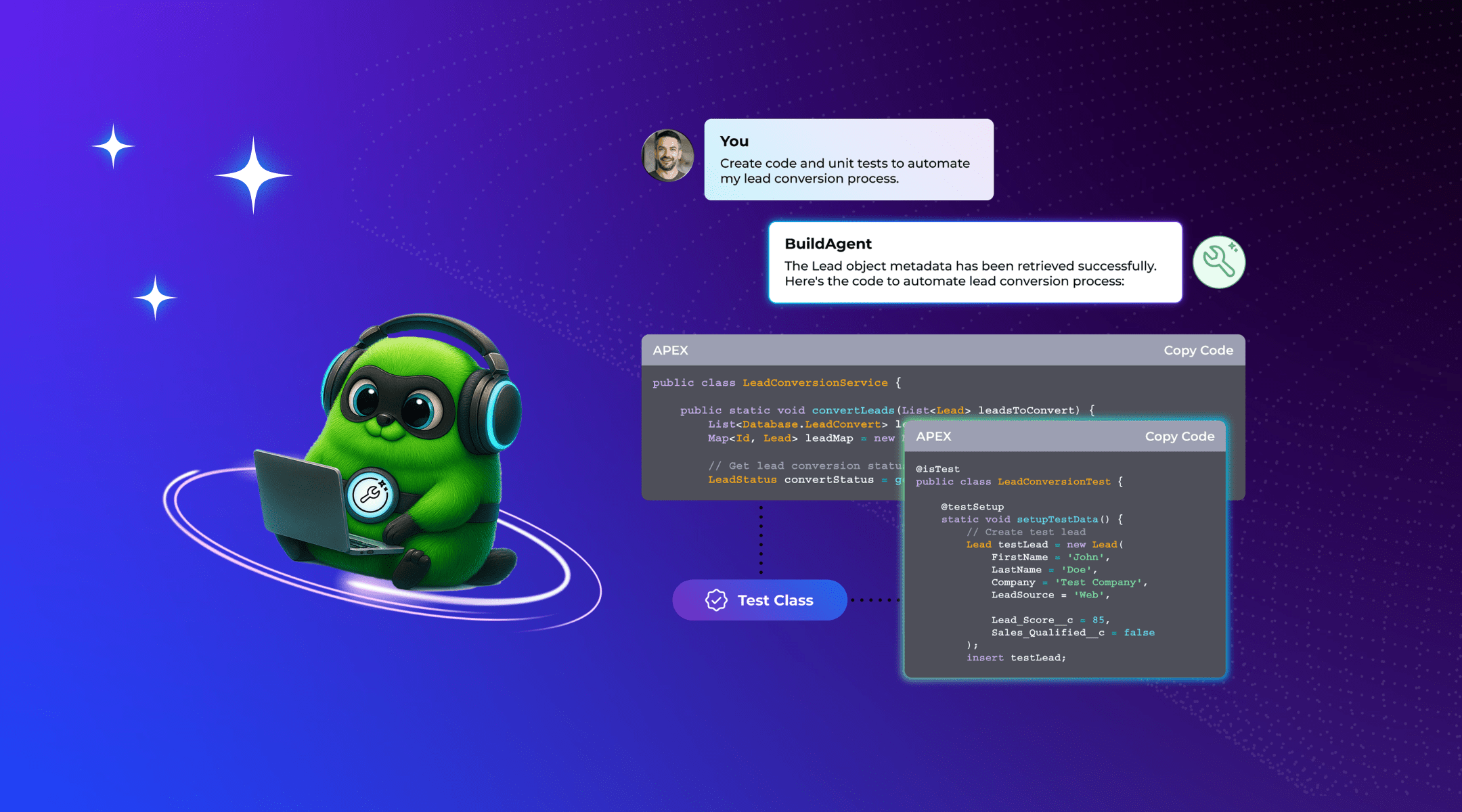


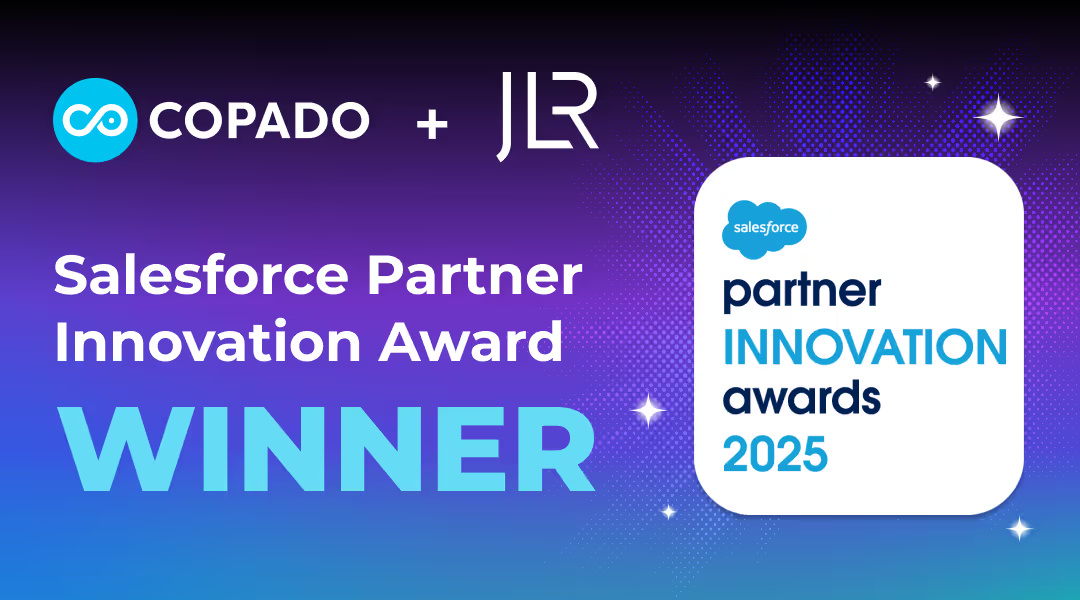



.avif)


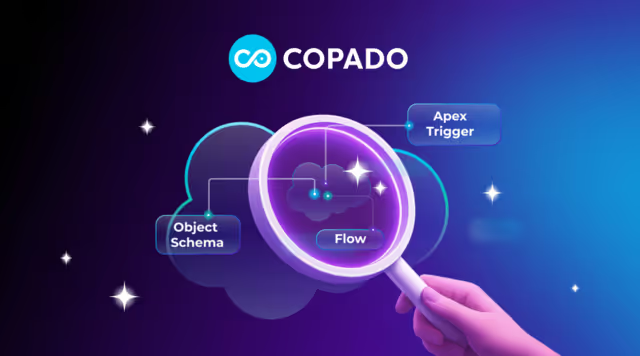
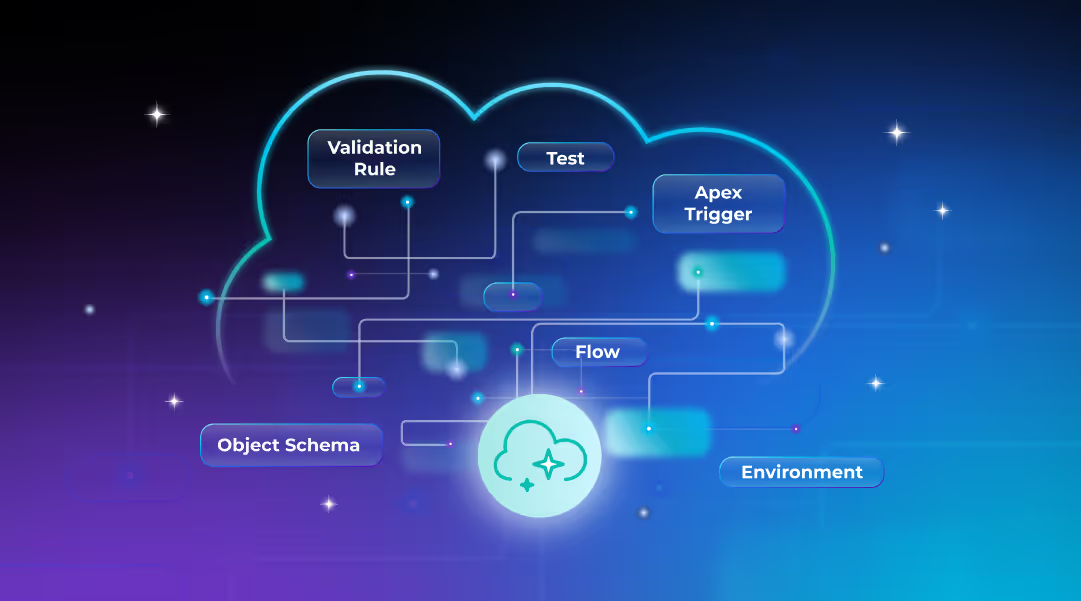









%20Data%20to%20Me_BLOG_1080x600.avif)






.avif)

































.avif)







.avif)



.avif)

























%20(1).png)
.png)
.png)

.avif)


.svg)
